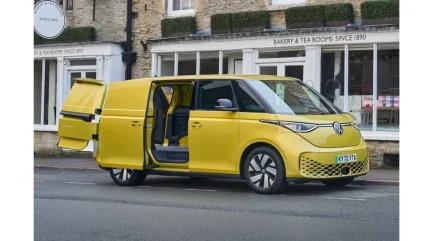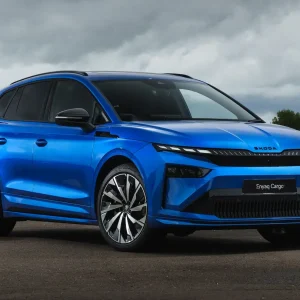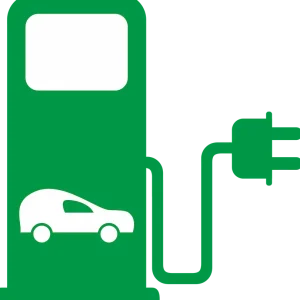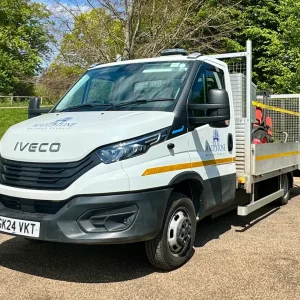
Businesses should look to telematics data to develop the correct electric van transition strategy, according to Volkswagen Financial Services Fleet.
The leasing company said that with the UK Government’s ZEV mandate requiring an increasing number of vans sold by manufacturers to be zero-emission, the availability of diesel and petrol vans would slowly increase, and that their price competitiveness with electric vans would also be reduced.
VWFS Fleet product manager for commercial vehicles Paul Starkey said that fleets therefore could not afford to wait to switch – and that telematics could help.
He said: “The insights delivered by telematics data can be invaluable in supporting eLCV transition. This can support the development of a robust eLCV transition strategy, while also helping to offset the logistical challenges that may be considered as potential barriers to adoption.
“Telematics data provides real world figures across a variety of areas, from commercial vehicle driver behaviours and engine diagnostics to typical mileages, locations and vehicle activity. Using this insight can be a great way to build an effective transition strategy.
“Telematics can provide accurate data to help fleet managers identify drivers who can immediately benefit from the eLCV switch. It shows who can transition sooner rather than later based on their current driving patterns. Companies can then prioritise these drivers as part of the overall fleet transition strategy to ignite the momentum of the switch to electric and help make a strong business case.”
Starkey said that by making a gradual transition, fleets could begin to understand what the challenges were for their individual operation when it comes to electric. He said fleet managers could then adapt their transition strategy to address these challenges, making the transition smoother for the remainder of their fleet.
He added: “In the long term, and through the process of switching their van fleets ahead of the 2035 deadline, fleet managers can take advantage of telematics data in many ways.
“Telematics can provide fleet overviews in key areas, such as real-time range information, charging data and battery status.
“The critical insight this can give, as fleets take the first steps in their eLCV adoption journey, can be fed into future decision making. This creates a deeper understanding of how eLCV strategies can support operational challenges and underpin the ongoing transition journey to an electric-only future.”





